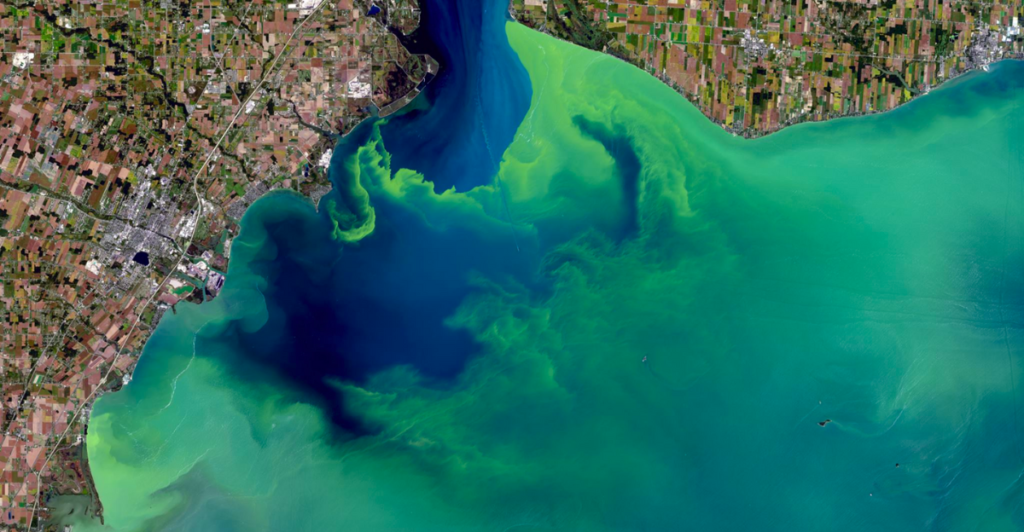
Sure, we all feel bad when an animal goes extinct—but what if those disappearances actually put humanity in danger? It’s not just about losing cute pandas or majestic tigers—many species play critical roles in keeping ecosystems (and, by extension, us) alive. From pollinators that keep our food supply running to ocean creatures that regulate the climate, here are 11 ongoing extinctions that could spell trouble for humans.
1. Bees – The Backbone of Our Food System
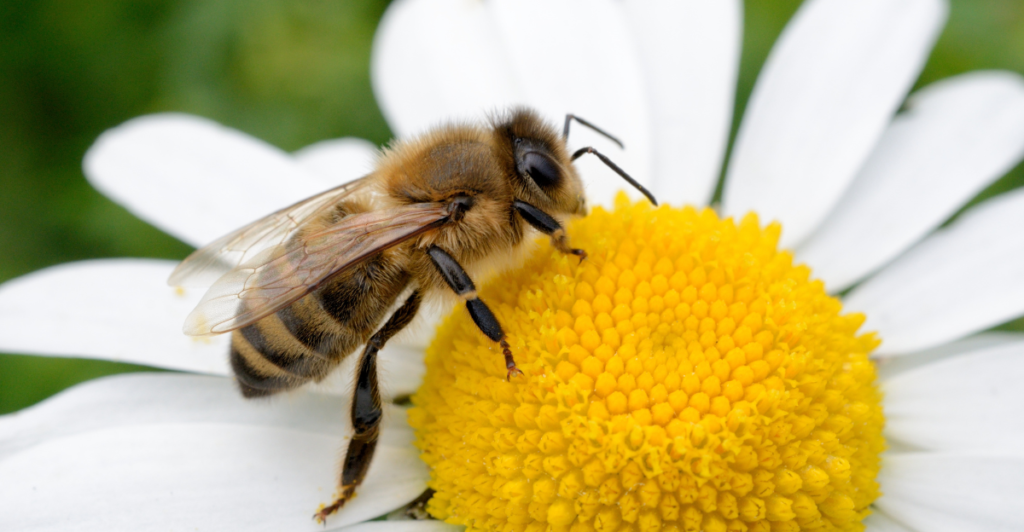
Not simply responsible for sweetening our afternoon tea, bees also pollinate over 75% of the world’s crops, including fruits, vegetables, and nuts. Without them, we’re looking at massive food shortages, skyrocketing prices, and a major hit to global agriculture. Pesticides, habitat destruction, and climate change are wiping out bee populations at an alarming rate—and if they go, we might be next.
2. Amphibians – Nature’s Pest Control
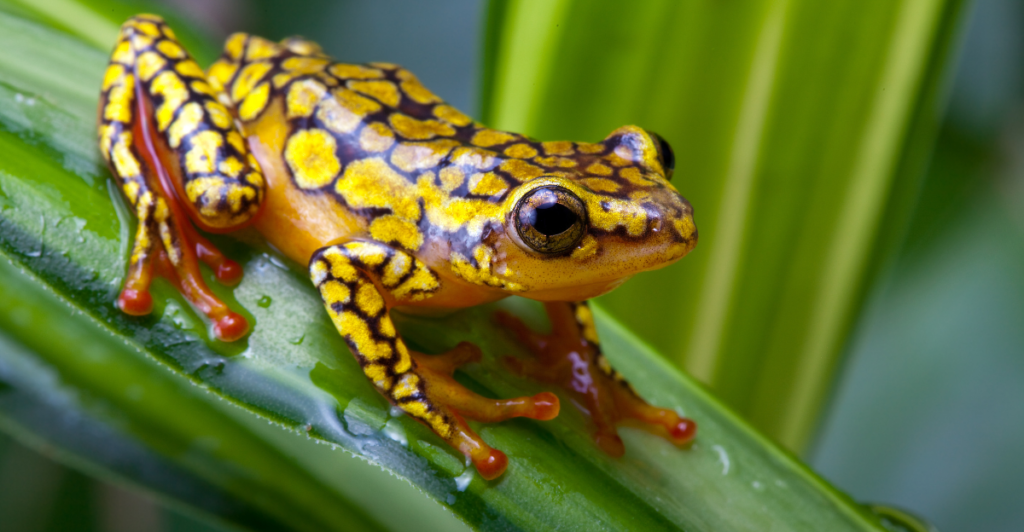
Frogs, salamanders, and other amphibians keep insect populations in check, preventing the spread of disease. Their decline means mosquitoes, flies, and pests carrying malaria, Zika, and dengue fever could surge out of control. With over 40% of amphibian species facing extinction, we might be looking at a future filled with more disease outbreaks than we’re prepared for.
3. Phytoplankton – The Planet’s Oxygen Factory
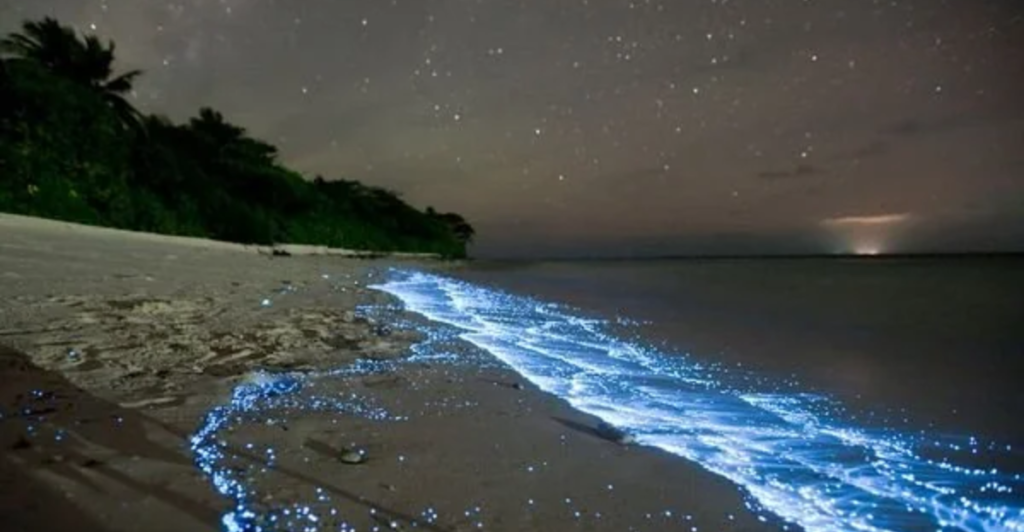
You might not think much about tiny oceanic plants, but phytoplankton produce at least 50% of Earth’s oxygen. They also absorb carbon dioxide, playing a critical role in slowing climate change. Rising ocean temperatures and pollution are causing their numbers to plummet—meaning less oxygen for us and a faster-warming planet. Not exactly an ideal combo for survival, now is it.
4. Bats – Unsung Heroes of Nighttime Pollination
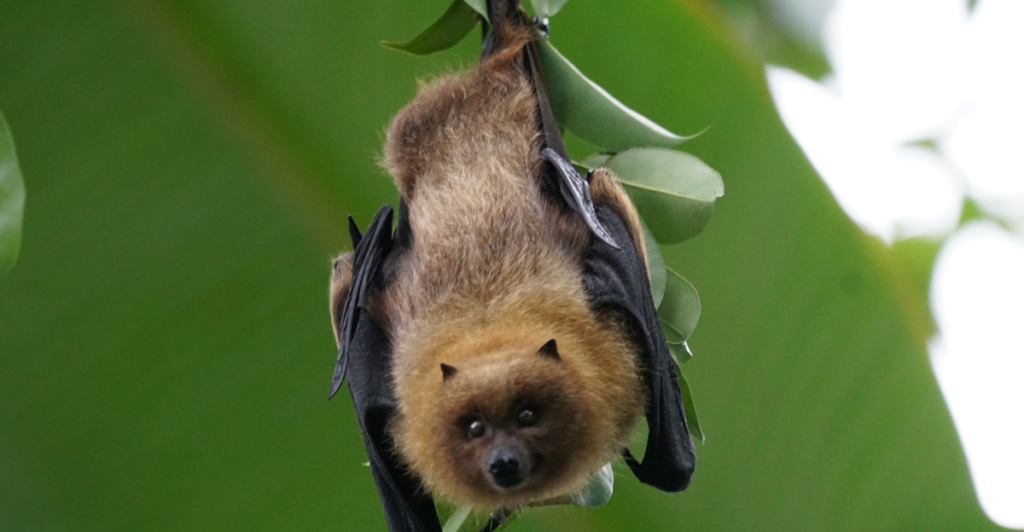
Bats don’t just star in DC movies—they also pollinate crops like bananas, mangoes, and agave (yes, the plant that gives us tequila). Without them, we’d see a massive drop in biodiversity and food production. But habitat destruction and a deadly fungus called White-Nose Syndrome are wiping them out, leaving ecosystems unbalanced and crops in jeopardy.
5. Vultures – Nature’s Cleanup Crew
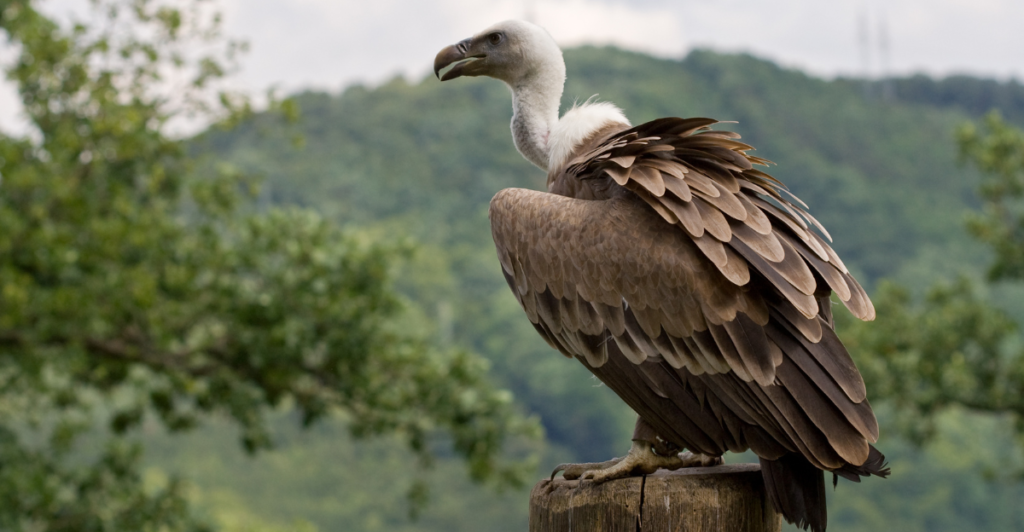
Vultures may be far from glamorous, but they play a crucial role in disease prevention by disposing of rotting carcasses. Their decline—thanks to poisoning and habitat loss—has already led to increased outbreaks of rabies and anthrax in places like India and Africa. Without them, we’re looking at more decaying animals, more disease outbreaks, and a whole lot more stink.
6. Sharks – Guardians of Ocean Balance
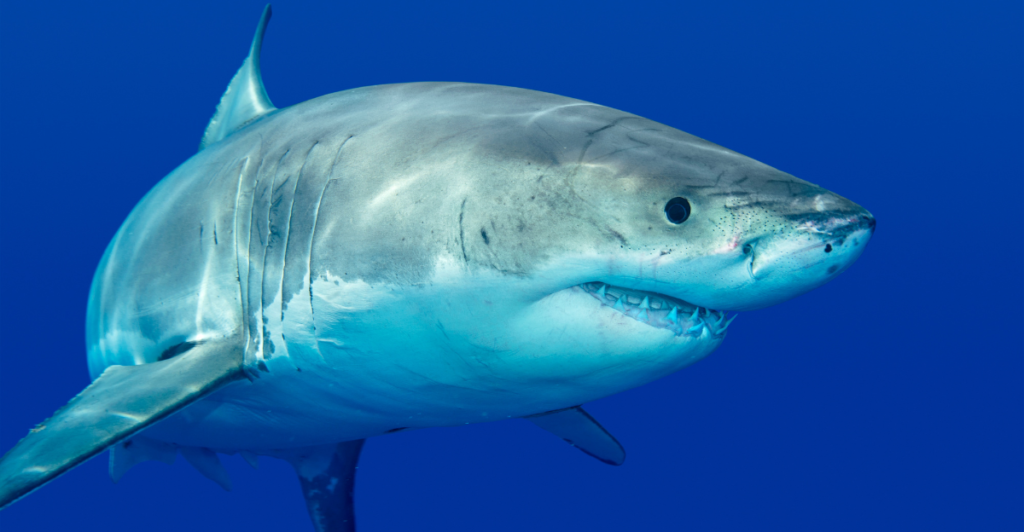
Sharks keep marine ecosystems in check by controlling prey populations. With over 100 million sharks killed each year for shark fin soup and bycatch, their numbers are plummeting fast. This disrupts the entire food chain, leading to fishery collapses and even coral reef degradation, both of which could affect global food supplies and ocean health.
7. Elephants – The Planet’s Forest Engineers
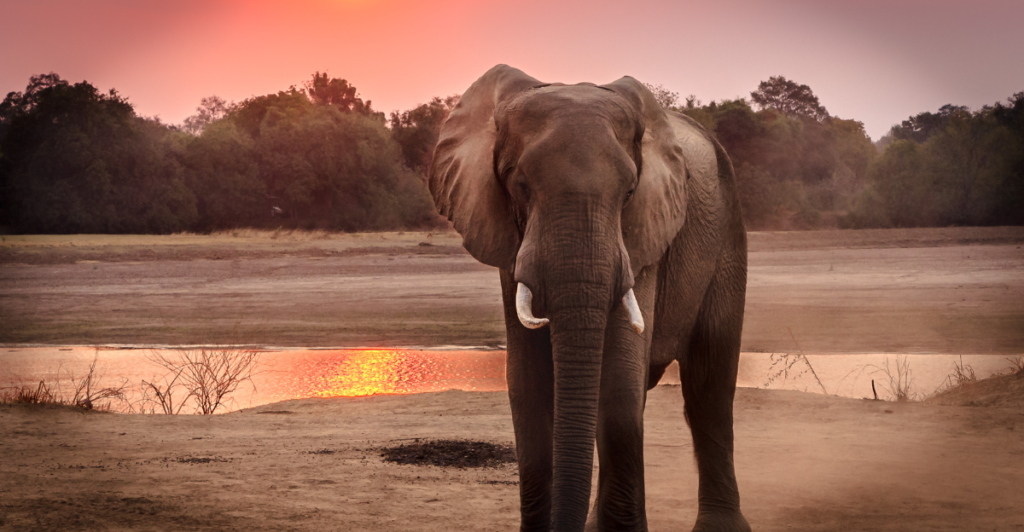
Elephants help maintain forests and savannas by dispersing seeds, clearing paths, and even shaping entire ecosystems. Their extinction would mean less biodiversity, fewer carbon-absorbing forests, and greater climate instability. Poaching and habitat destruction are putting them on a fast track to disappearance, which would have dire consequences for ecosystems worldwide.
8. Coral Reefs – The Ocean’s Cities
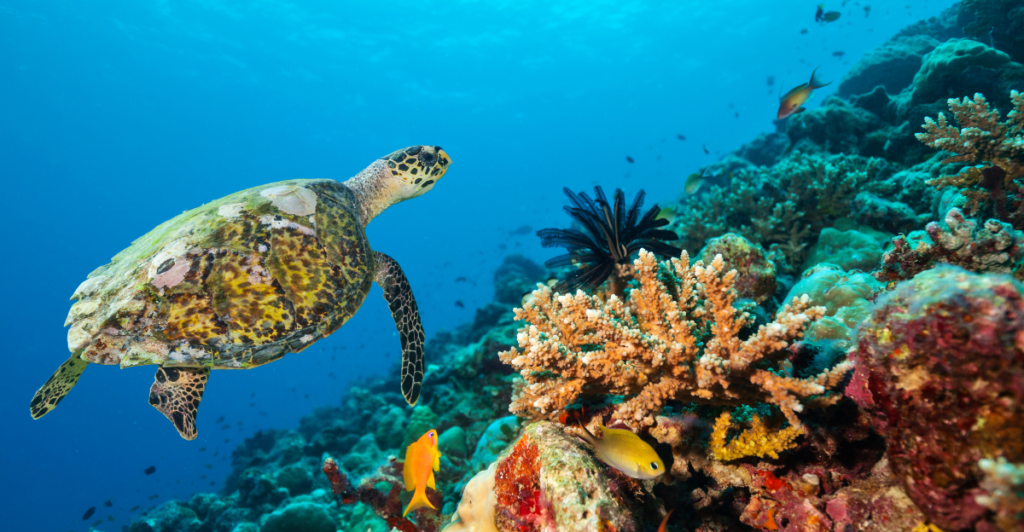
Coral reefs support 25% of all marine life and provide food, jobs, and coastal protection for millions of people. But with ocean temperatures rising and pollution taking its toll, reefs are dying at an unprecedented rate. Their loss would trigger mass fishery collapses, coastal erosion, and increased storm damage, putting human economies and food sources in serious danger.
9. Pangolins – Nature’s Pest Control Experts
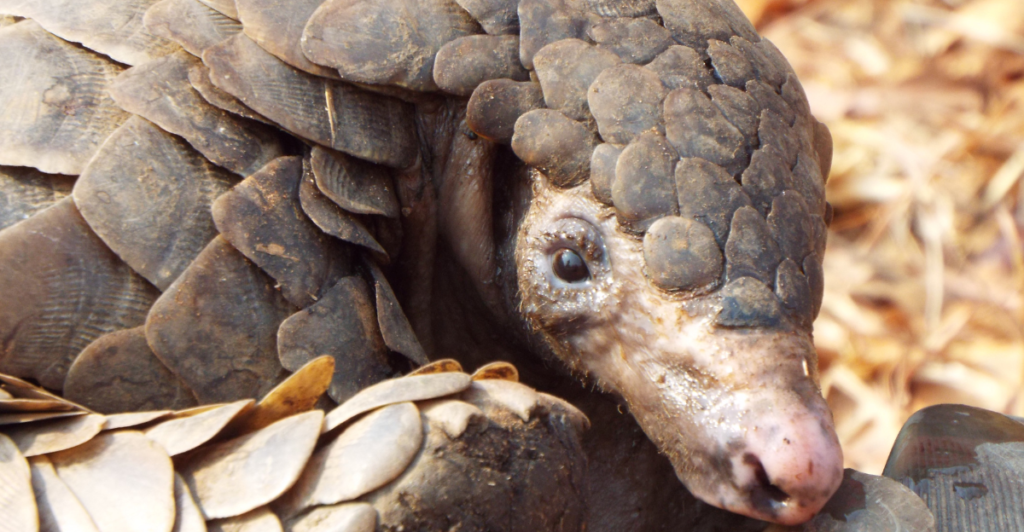
Pangolins may be the most trafficked mammals in the world, hunted for their scales and meat. But their extinction wouldn’t just be tragic—it would mean a surge in termite and ant populations, which could devastate crops, homes, and forests. Plus, pangolins play a role in disease regulation, making their loss a potential health crisis waiting to happen.
10. Fish Stocks – A Global Food Crisis in the Making
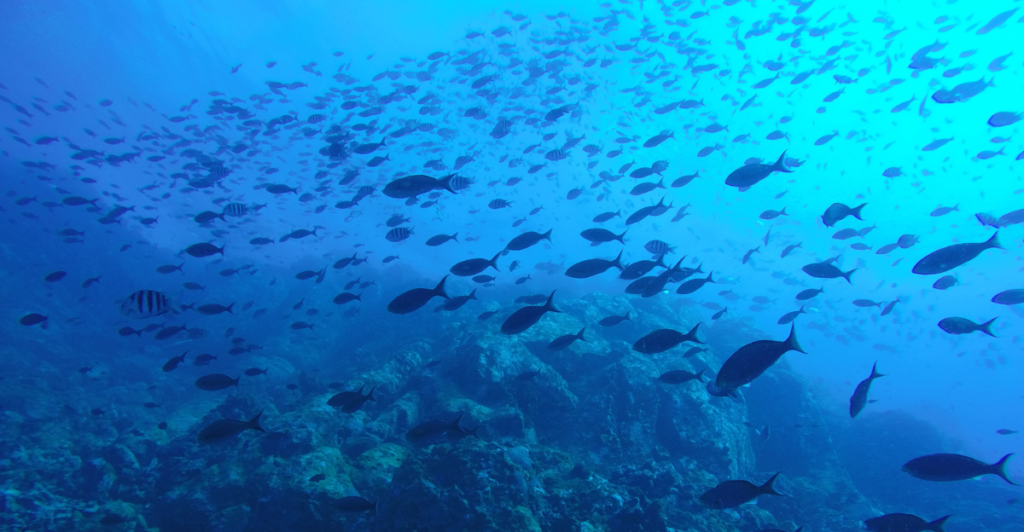
Overfishing has pushed one-third of the world’s fish stocks to the brink of collapse. Billions of people rely on seafood as their primary protein source, and without it, we’d see massive food shortages, economic turmoil, and increased hunger worldwide. Poor fisheries management and climate change are accelerating the problem, bringing us closer to a global food disaster.
11. Soil Microbes – The Hidden Power Beneath Our Feet
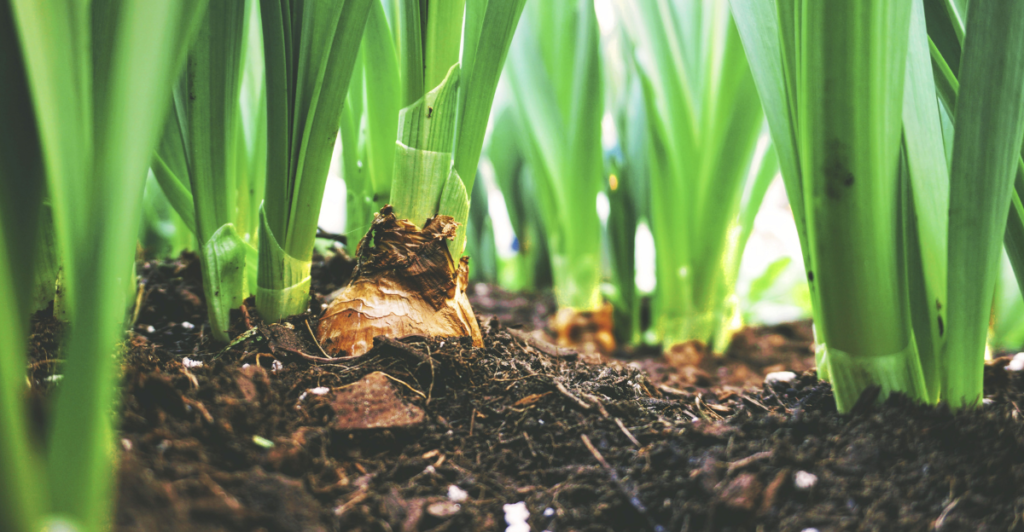
It sounds weird, but soil microbes are critical to human survival. They help plants grow, decompose organic matter, and keep soil fertile. Intensive farming, pesticides, and pollution are killing off these microscopic lifeforms, leading to less productive farmland and increased food insecurity. No microbes = no crops = no food = bad news for everyone.
Extinction Isn’t Just an Animal Problem, It’s a Human Problem
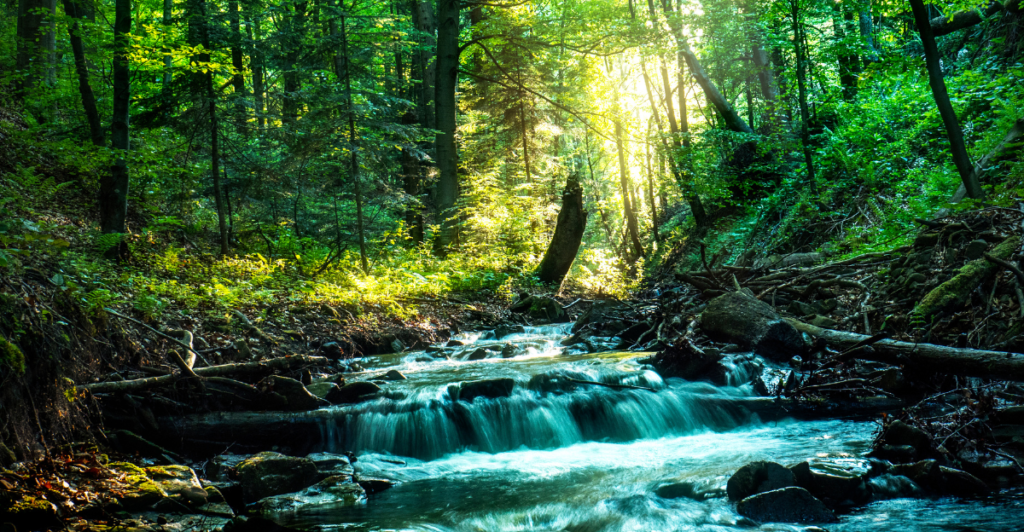
Every species on this list plays a role in keeping life on Earth running smoothly. When they disappear, we don’t just lose animals—we lose food sources, clean air, disease control, and ecosystem stability. Ongoing extinctions aren’t just a tragedy for nature—they’re a direct threat to our own survival. So the next time you hear about a species at risk, don’t just shrug it off. Their fate might just be tied to ours.







